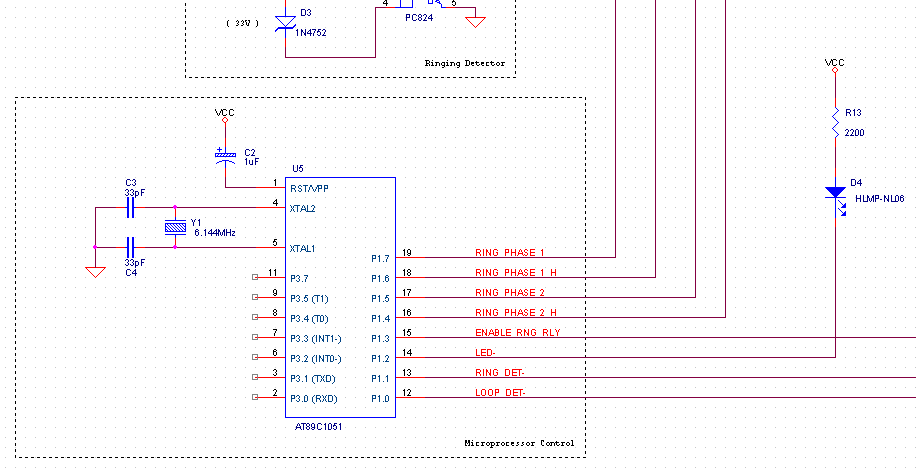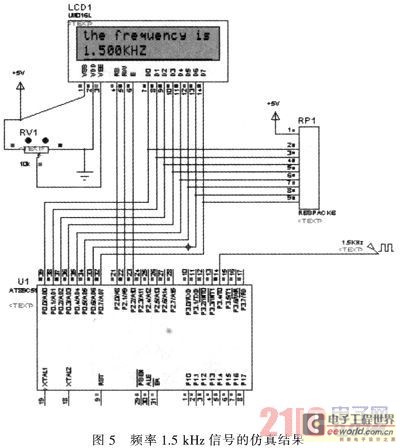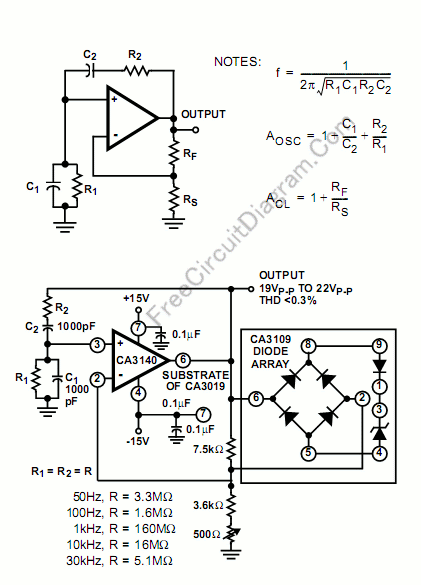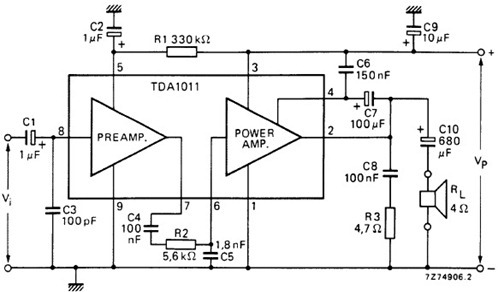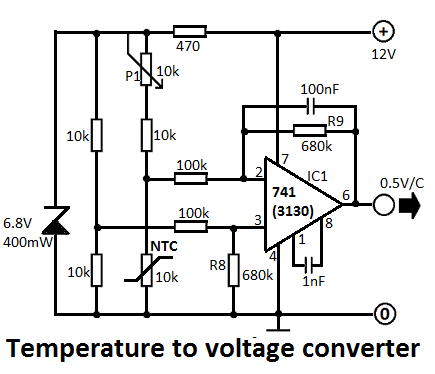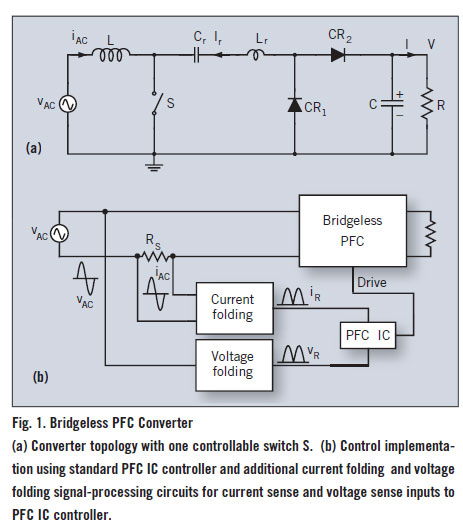
50W Current-Mode Forward Converter Design with the MAX8540

This application note details the design of a 50-watt, isolated, forward converter, utilizing the MAX8540 synchronizable, high-frequency, current-mode PWM controller.
The schematic design of the 50-watt isolated forward converter using the MAX8540 involves several key components and stages to ensure efficient power conversion. The MAX8540 is a high-frequency, current-mode pulse-width modulation (PWM) controller that allows for synchronization with external clock signals, enhancing system flexibility and performance.
The forward converter topology consists of an input stage, a transformer, a power stage, and an output stage. The input stage typically includes input capacitors to filter any voltage spikes and ensure stable operation. The transformer plays a crucial role in providing electrical isolation between the input and output, as well as stepping down the voltage to the desired level.
The MAX8540 PWM controller is responsible for regulating the output voltage by adjusting the duty cycle of the switching signal sent to the power MOSFETs. This controller operates in current mode, allowing for improved transient response and inherent overcurrent protection. The feedback loop, which can be implemented using an opto-isolator for isolation, monitors the output voltage and adjusts the PWM duty cycle accordingly to maintain a stable output.
Additional components such as snubber circuits may be included to dampen voltage spikes and reduce electromagnetic interference (EMI). Proper selection of inductors and capacitors is essential to minimize losses and optimize efficiency. The layout of the PCB should also be carefully designed to reduce parasitic inductance and capacitance, which can adversely affect the performance of the converter.
Overall, the design of this isolated forward converter using the MAX8540 provides a reliable and efficient solution for applications requiring 50 watts of power, ensuring effective voltage regulation and minimal noise in the output.This application note details the design of a 50-watt, isolated, forward converter, using the MAX8540 synchronizable, high-frequency, current-mode PWM controller.. 🔗 External reference
The schematic design of the 50-watt isolated forward converter using the MAX8540 involves several key components and stages to ensure efficient power conversion. The MAX8540 is a high-frequency, current-mode pulse-width modulation (PWM) controller that allows for synchronization with external clock signals, enhancing system flexibility and performance.
The forward converter topology consists of an input stage, a transformer, a power stage, and an output stage. The input stage typically includes input capacitors to filter any voltage spikes and ensure stable operation. The transformer plays a crucial role in providing electrical isolation between the input and output, as well as stepping down the voltage to the desired level.
The MAX8540 PWM controller is responsible for regulating the output voltage by adjusting the duty cycle of the switching signal sent to the power MOSFETs. This controller operates in current mode, allowing for improved transient response and inherent overcurrent protection. The feedback loop, which can be implemented using an opto-isolator for isolation, monitors the output voltage and adjusts the PWM duty cycle accordingly to maintain a stable output.
Additional components such as snubber circuits may be included to dampen voltage spikes and reduce electromagnetic interference (EMI). Proper selection of inductors and capacitors is essential to minimize losses and optimize efficiency. The layout of the PCB should also be carefully designed to reduce parasitic inductance and capacitance, which can adversely affect the performance of the converter.
Overall, the design of this isolated forward converter using the MAX8540 provides a reliable and efficient solution for applications requiring 50 watts of power, ensuring effective voltage regulation and minimal noise in the output.This application note details the design of a 50-watt, isolated, forward converter, using the MAX8540 synchronizable, high-frequency, current-mode PWM controller.. 🔗 External reference
